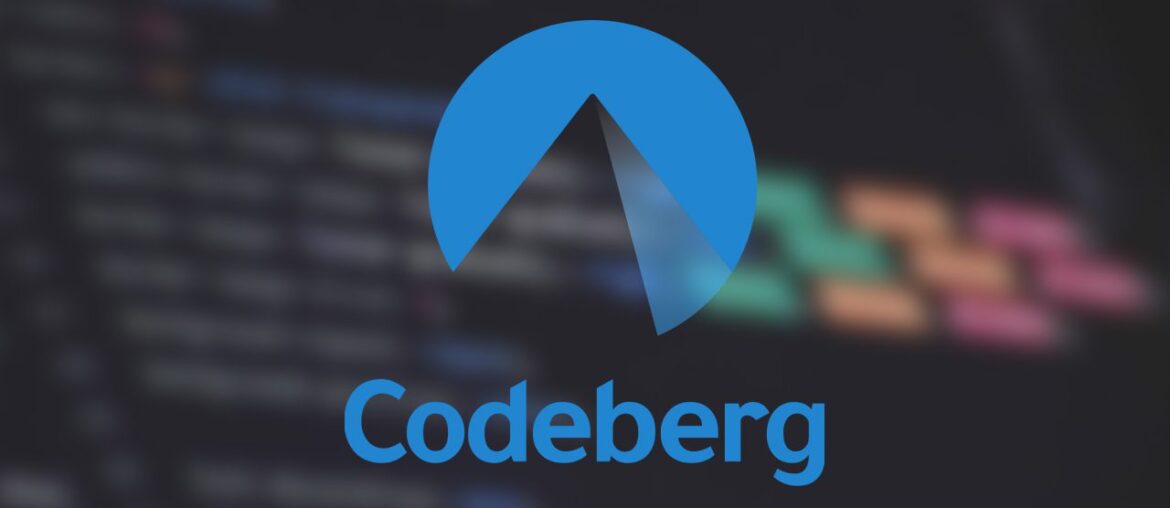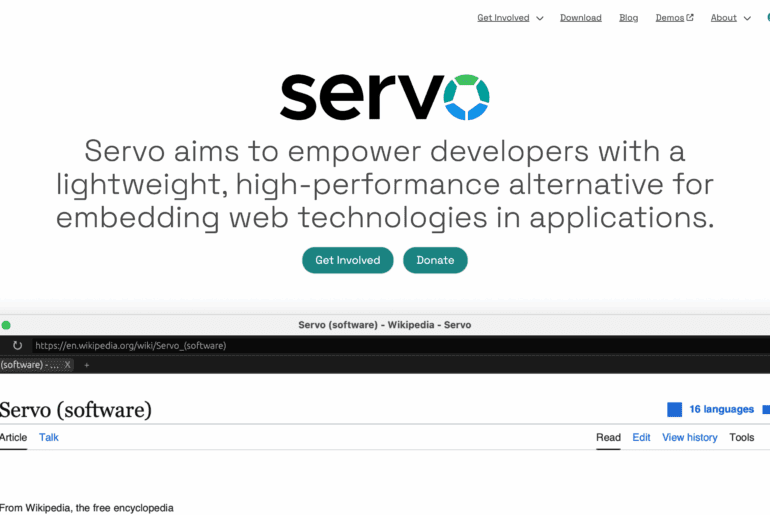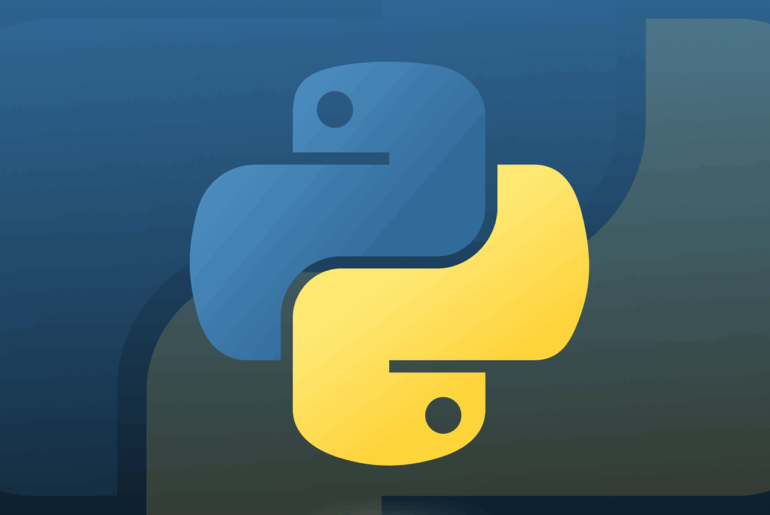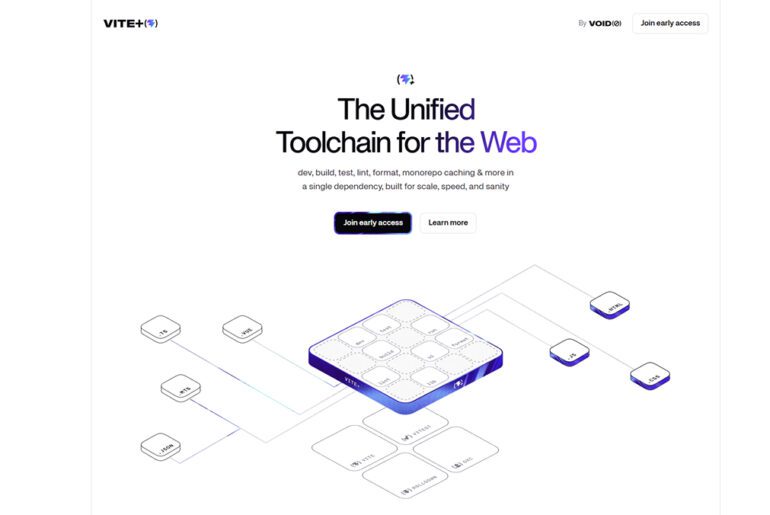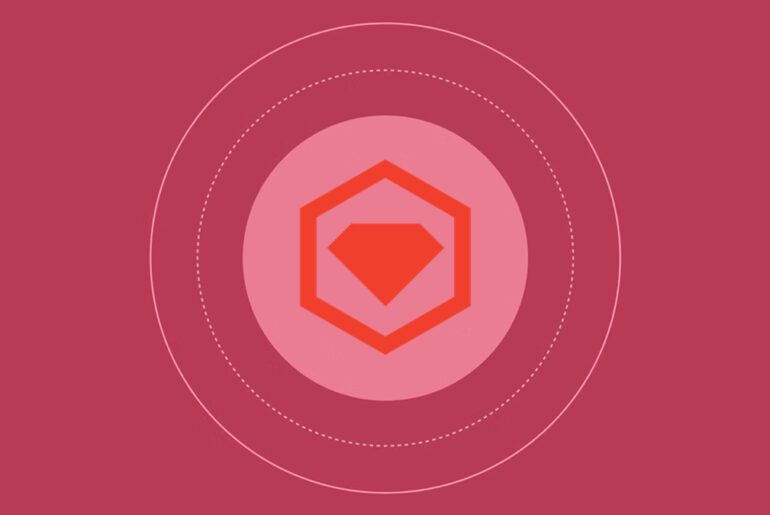It began as a modest dream in Berlin in late 2018. A small group of free-software advocates founded Codeberg e.V., determined to offer a noncommercial, community-governed home for open source projects. Their goal: to reduce dependence on corporate forges, to stay under European jurisdiction, and to run a code hosting platform aligned with software freedom ideals. Within months of its launch in January 2019, Codeberg already hosted 333 repositories and counted 379 users.
Fast forward to today — and Codeberg has crossed a threshold that once might have felt distant. The platform now boasts 300 000 hosted projects — a landmark that signals not just growth, but community trust, momentum, and resilience.

That milestone does more than boost a number. It tells a story about how a values-driven alternative can scale, how infrastructure must evolve, and how a community must defend itself even as it grows.
You can’t hold 300 000 projects on the same architecture you started with. Fortifications needed upgrading. Codeberg’s team has been quietly — and steadily — reworking the plumbing.
In June 2025, a “Letter from Codeberg: We love our new infrastructure” laid out recent changes. Among them:
- Floating / virtual IP addresses were introduced, so different services (the core forge, Pages, ancillary tools) now live behind distinct IPs, reducing single points of failure.
- To improve maintenance and resilience, they began clustering services and separating concerns more rigorously (so a problem in one area doesn’t cascade).
- The Pages service (static site hosting) received updated IP addresses. Users who used A/AAAA records for custom domains needed to update DNS accordingly.
- On the storage front, Codeberg had introduced the concept of storage quotas (and naming them with playful snow / ice metaphors: snowflake, snowball, etc.) to mitigate abuse and control resource usage.
- Underlying systems were also refined: internal changes in filesystems, switching parts of the reverse proxy infrastructure (e.g. from HAProxy to Caddy), firewall tooling changes (ufw → nftables), and more.
These changes are not trivial. They reflect a platform that must adapt in real time to growing scale while preserving governance, privacy, and independence.
Harassment, spam, and resilience
The climb hasn’t been smooth. Earlier in 2025, Codeberg experienced a wave of targeted harassment and abuse. Projects promoting tolerance, equality, and human rights were bombarded with abusive content via the platform’s notification system. The perpetrators mentioned many users at once, triggering mass notification emails, even to people who hadn’t engaged.
Although Codeberg acted swiftly — disabling affected accounts, restoring services, and reassuring users that no private data was leaked — the episode exposed a vulnerability in social infrastructure.
Instead of hiding, Codeberg published an open statement (“We stay strong against hate and hatred”), took responsibility, and committed to bolstering protections (e.g. improved abuse filters, stronger moderation in Forgejo) with support from funding partners like NLnet.
That adversity also galvanized supporters. After FOSDEM 2025 and the attacks, membership and donation inflows increased — people rallied behind the mission.
What 300k projects mean (and what it doesn’t means)
Reaching 300 000 projects is a strong symbolic moment. It tells you that many maintainers trust the platform. It gives critical mass to community momentum. It also puts pressure: scaling reliability, balancing legitimate use vs abuse, and continuing to deliver features.
But it doesn’t mean “parity with the giants.” Codeberg still operates differently:
- It remains nonprofit, community governed, not beholden to commercial imperatives.
- It continues to emphasize minimal reliance on proprietary services.
- Its decisions are often cautious: new features roll out thoughtfully to avoid surprises.
- Its scale is still much smaller than GitHub or GitLab’s.
Yet in some areas it’s proving itself. The infrastructure upgrades show learning and growth. The ability to weather organized harassment campaigns shows resilience. And new projects migrating to it suggest real belief in what it offers.
One example: the dev team behind Kord Extensions recently announced they will migrate all their projects to Codeberg, citing dissatisfaction with GitHub’s increasing focus on AI tooling and corporate direction.
You in this story
If you are a developer, maintainer, or someone who cares about where open source lives — this is your stage too. Codeberg’s trajectory underscores that infrastructure is not neutral. Which platforms survive, how they’re governed, how they defend users — these are choices, not inevitabilities.
By reaching 300k projects, Codeberg has shown it is not merely a niche alternative. It is a growing institution — one that must balance scale with principle, adaptability with ethics.
Maybe you already have a project. Or maybe you’re choosing where to host your next one. Consider whether you want to be part of something that’s purpose-driven, transparent, and community centric. Codeberg’s climb is not over; in many ways, you may be one of the climbers now.


